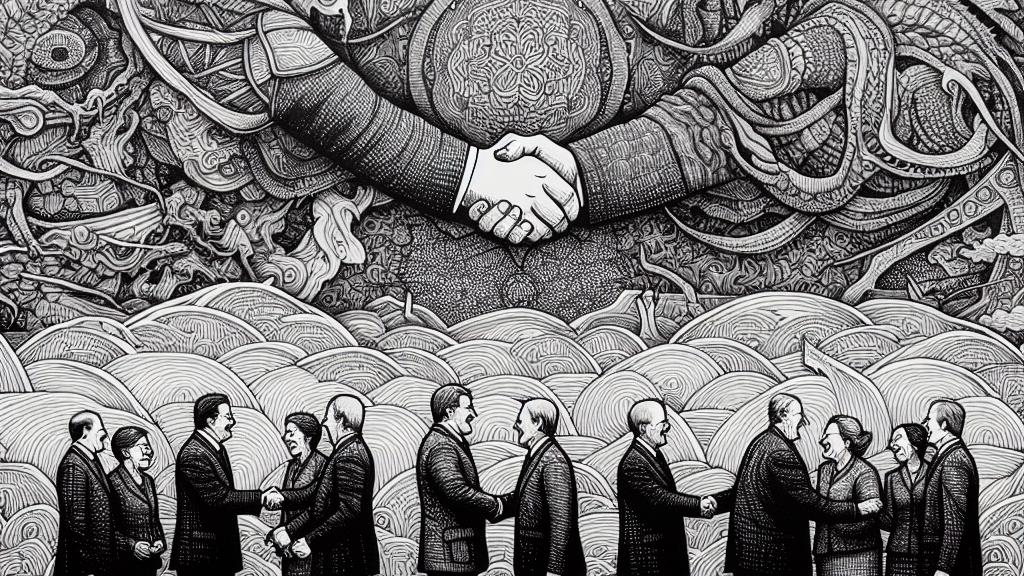South Korea's Parties Unite to Investigate Plane Crash
Overview
- Rival parties in South Korea set aside their differences to address aviation safety.
- A joint task force is created to investigate the tragic Jeju Air plane crash.
- Public demand for stricter safety regulations grows following the catastrophe.

A Unifying Response to Tragedy
In an unexpected twist of fate, South Korea's political landscape witnessed a remarkable show of unity when the ruling People Power Party and the opposition Democratic Party joined forces. This collaboration emerged following the catastrophic Jeju Air plane crash on December 29, 2024, which tragically claimed 179 lives. Initially, political disputes overshadowed the incident; however, the leaders recognized that the safety of their citizens outweighs party lines. This joint parliamentary task force symbolizes a new era of cooperation, as its members are united in their resolve to uncover the truth behind this tragedy while providing support for the grieving families. Their collective effort demonstrates that in times of crisis, collaboration can shine through, offering hope and progress amidst despair.
Investigating the Causes of the Crash
As investigators piece together the tragic narrative of the Jeju Air disaster, they are evaluating multiple factors that may have contributed to this unfortunate event. Initial reports indicate that a bird strike and landing gear malfunction played significant roles, yet another critical element has captivated public attention: a concrete barrier located dangerously near Muan International Airport's runway. Aviation experts argue convincingly that had this rigid barrier not been present, the likelihood of survival for many passengers could have dramatically increased. This discussion has sparked outrage and questions about safety regulations permitting such structures close to runways. If this investigation leads to reforms, we might witness essential changes in aviation safety design, setting a precedent that could save lives in the future.
A Call for Sweeping Safety Reforms
The heartbreaking fallout from the Jeju Air crash has catalyzed a vigorous public outcry, demanding significant reforms to enhance aviation safety standards. Many citizens are understandably concerned, questioning how safety protocols allowed a substantial concrete wall to be situated so close to the runway. Experts in aviation safety have emphasized that barriers should be designed to yield or break upon impact to mitigate potential threats to aircraft. In light of this tragedy, advocates are urging the government to conduct thorough reviews not only at Muan Airport but throughout the entire national aviation system. The unequivocal message from the public is clear: this catastrophe must serve as a wake-up call for change, ensuring that the inexcusable mistakes of the past are never repeated. By transforming grief into action, South Korea can take meaningful steps toward safeguarding the future of air travel.

Loading...